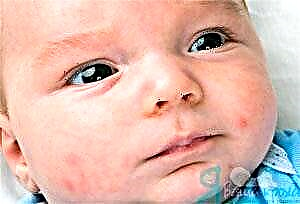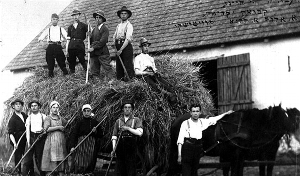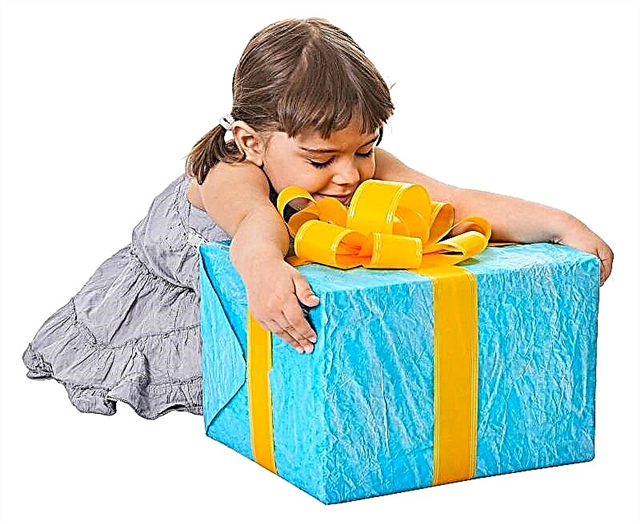
Leukocytes are important blood cells that protect the child from various external or internal adverse factors. Such cells guard children's health and are responsible for immunity. The most numerous group of these white cells are neutrophils. What are these leukocytes responsible for and what should be the normal number of neutrophils in childhood?

Role of neutrophils
These white blood cells, which, together with basophils and eosinophils, are referred to as granulocytes (they contain granules with enzymes and antibiotic proteins), designed to capture harmful bacteria and other small particles. They are able to move to sites of injury and inflammation.
When a neutrophil engulfs a foreign cell or particle, it dies with the release of active compounds that damage bacteria and increase inflammation, thereby attracting other immune cells to the site of infection. Dead neutrophilic leukocytes, together with tissues that have collapsed during the inflammatory process, as well as microbes that cause inflammation, form a purulent mass.

How neutrophil levels are determined
You can find out how many neutrophils in a child's blood are from a general blood test, if a leukocyte formula is determined in it.
Such cells are calculated as a percentage of all leukocytes. For the result of the analysis to be reliable, it is important to take into account the following nuances:
- The number of neutrophils may rise after a meal, therefore, it is advised to take the analysis on an empty stomach. The child can only drink a little clean water before the blood is drawn, and if the blood is taken from the baby, then he should not be fed two hours before the test.
- The number of leukocytes is affected by physical activity, as well as psycho-emotional stress.
- The number of neutrophils may be unreliable due to temperature changes, for example, if a child entered the office to donate blood immediately after being in the cold.
We recommend watching the release of the program of children's doctor Komarovsky, which highlights the question of what a clinical blood test is:
Types of neutrophils
All neutrophilic leukocytes found in peripheral blood and determined during analyzes are represented by the following forms:
- Young neutrophils. They can also be seen on the test sheet as "metamyelocytes" and "myelocytes".
- Rod neutrophils ("Chopsticks"). These are young cells with a rod-shaped nucleus inside.
- Segmented cells. These are mature neutrophils with a segmented nucleus, represented in the largest number among all neutrophilic leukocytes.

Norm for children
Normally, there are no young neutrophils in the child's blood, and their appearance is called by shifting the formula to the left. As for stab neutrophils, their number is small, and an increase in their percentage is also attributed to a shift to the left.
The norm of "sticks" is:
The norm of segmented neutrophils for different ages is as follows:

Change in neutrophil levels
Above normal
If the neutrophils in the blood rise, it is called neutrophilia... Minor neutrophilia is triggered by non-hazardous factors such as food intake, stress, or exercise. High neutrophilia in children often indicates an active inflammatory process or infection with pathogenic microbes.
Such an increase in leukocytes is detected in appendicitis, pancreatitis, otitis media, pneumonia, sepsis and other infections caused by bacteria. With a fungal or viral infection, these cells increase much less frequently. Also, the cause of neutrophilia can be burns on a large area of the body, poisoning, taking certain drugs, leukemia, trophic ulcers, bleeding and other pathologies.

If the child has an increase in neutrophils, and a repeated blood test confirmed this, the doctor will look for inflammation and infection, and if such reasons are not confirmed, other diseases. Once diagnosed and treated with appropriate treatment (such as antibiotics for bacteria), neutrophil counts soon return to normal.
Below normal
The lack of neutrophils in the child's blood is called neutropenia... It is caused by insufficient formation of such cells in the bone marrow, accelerated destruction of neutrophils in the peripheral blood, as well as an increase in lymphocytes in the child's body. This situation is observed with influenza, rubella, chickenpox and other viral infections.
The absence of stab neutrophils can be a sign of aplastic anemia, as well as a consequence of chemotherapy or radiotherapy. Low neutrophils are also found in anaphylactic shock, fungal infection, pancreatic lesions, high spleen activity, and neoplastic processes. Separately, there is congenital neutropenia, which the child inherits from his parents.

In addition, neutropenia also occurs benign... This feature is detected in children of the first year of life and does not manifest itself clinically. By the age of 2, the level of neutrophils in such babies normalizes on its own.
If the analysis reveals a deficiency of neutrophils, it is important to show the child immediately to the doctor, since this is often a sign of a decrease in his defenses. As soon as the reason for the decrease in the percentage of such leukocytes is found out, the child will be prescribed treatment, as a result of which the number of neutrophils will return to normal levels.




